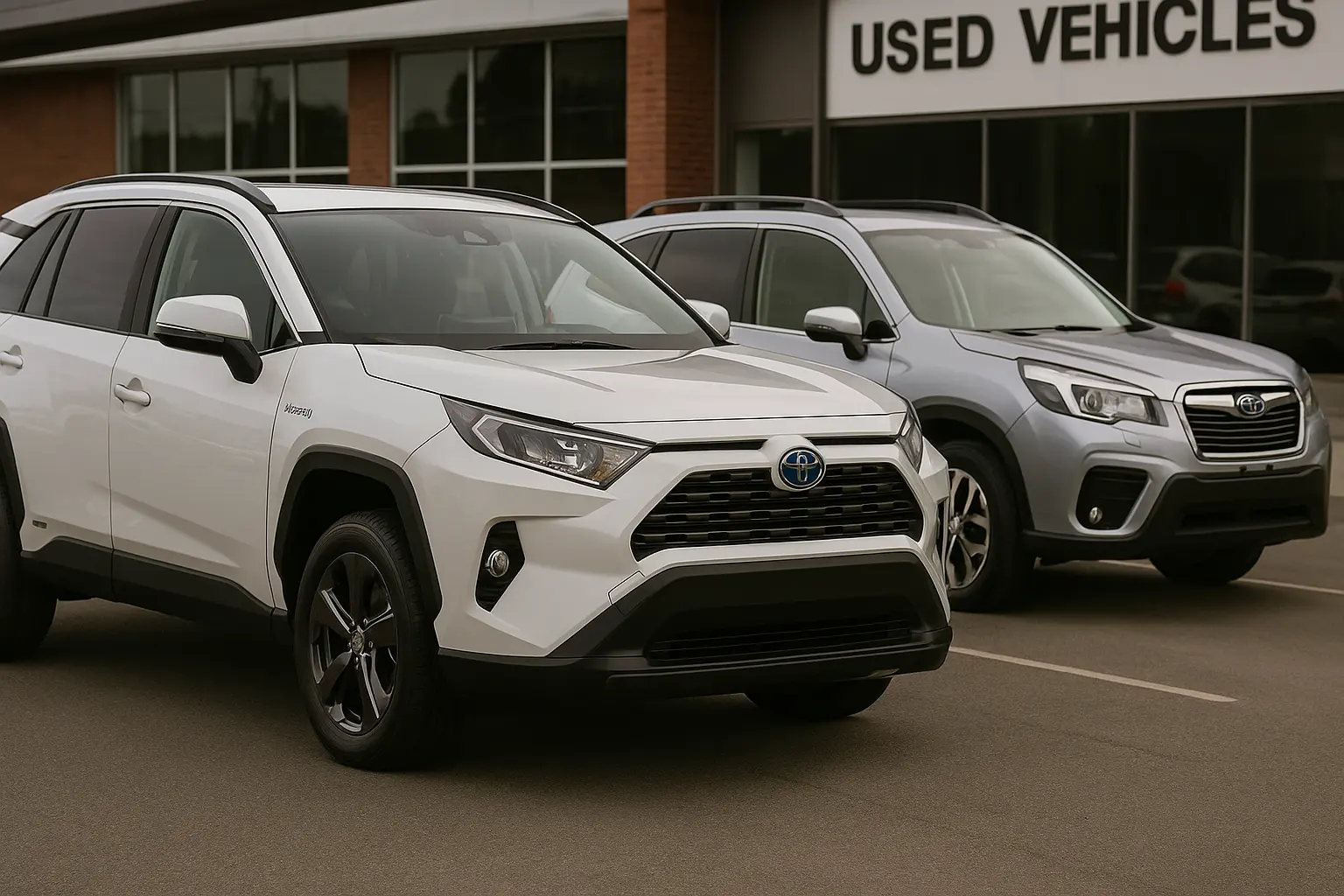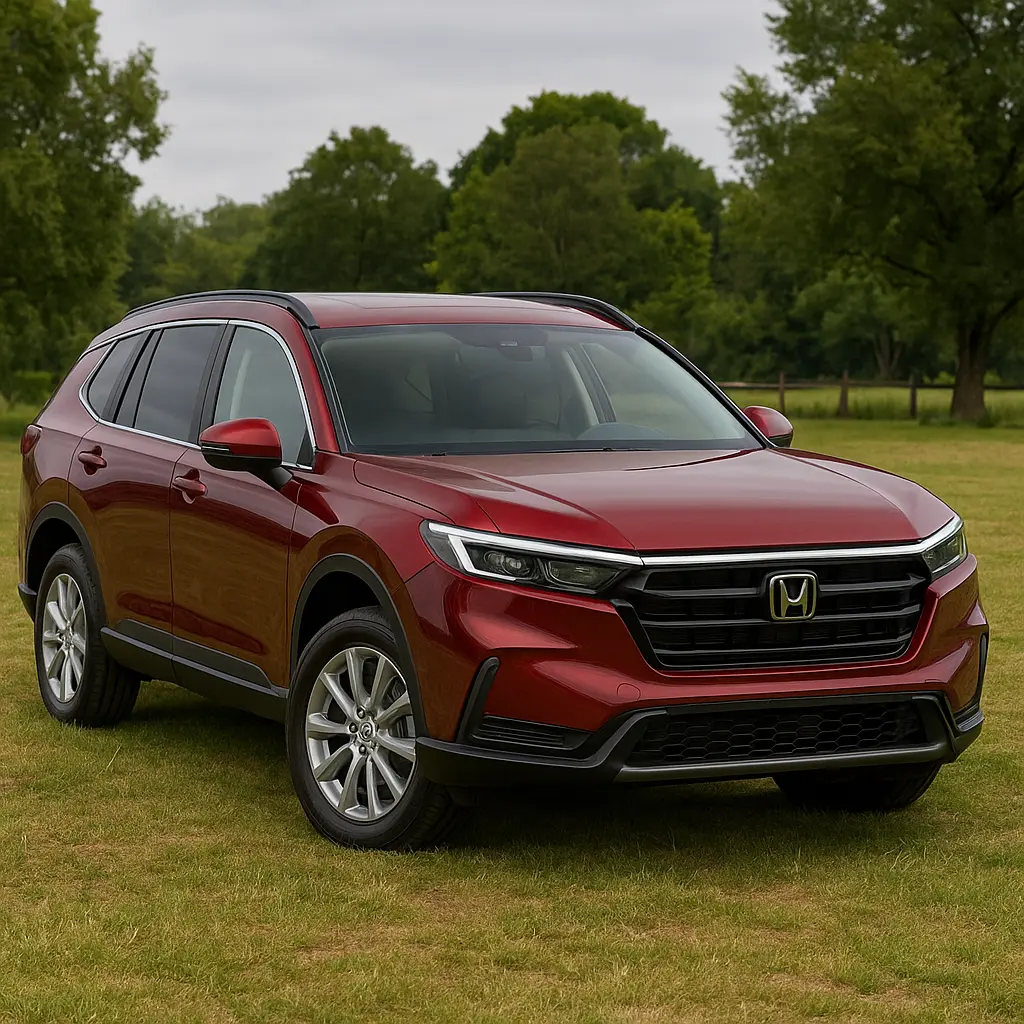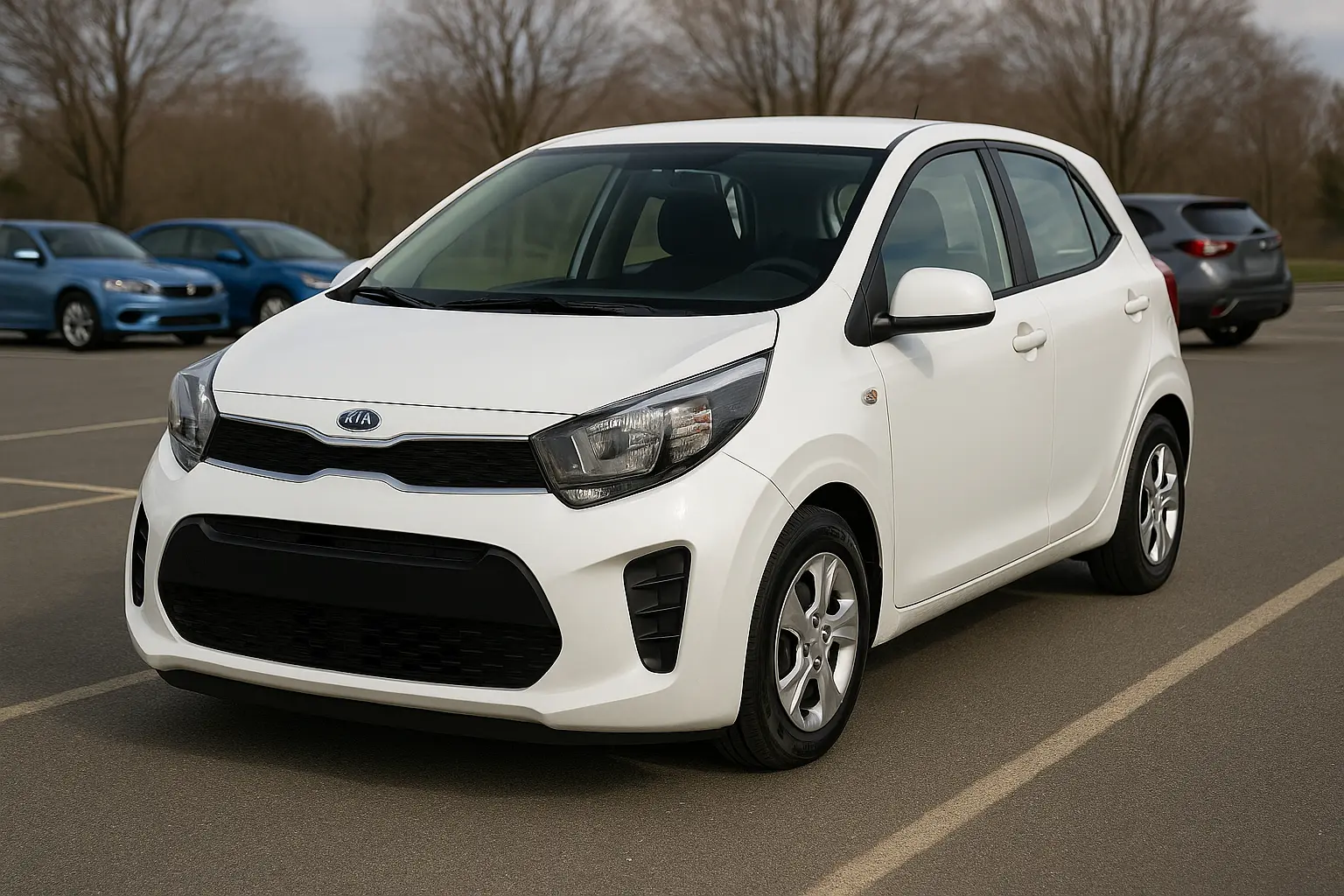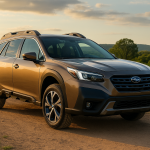Car Depreciation in 2025 – Which Brands Hold Value Best?
In a market where costs of living continue to rise, Australians are paying closer attention to long-term car ownership costs than ever before. One of the most significant — and often overlooked — expenses is depreciation. Whether you're buying new or used, understanding car depreciation in 2025 is essential for making a smart investment.

This comprehensive guide breaks down:
What car depreciation is and how it's calculated
Depreciation trends in Australia
Brands that retain value best
Vehicle types that depreciate faster or slower
Tips to minimise loss when buying or selling a car
Let’s dive into the world of depreciation so you can make the most of your next car purchase.
What Is Car Depreciation?
Car depreciation is the reduction in a vehicle’s value over time due to factors like age, mileage, wear and tear, and market trends. On average, new cars in Australia lose around 30–40% of their value within the first three years, although this varies by brand, model, and segment.
Key Factors That Influence Depreciation
Brand reputation and reliability
Vehicle segment (SUVs tend to hold better value than sedans or hatchbacks)
Fuel type (EVs are improving but still volatile)
Mileage and condition
Market supply and demand
Fleet/rental history
Understanding these factors is crucial in determining which vehicles will offer better long-term value.
Depreciation Trends in Australia (2025 Snapshot)
The 2025 Australian vehicle market reflects several interesting depreciation trends:
1. SUVs Continue to Hold Strong
Australia's love for SUVs continues to pay off for owners. Mid-size and compact SUVs have proven to hold their value better than most other segments, particularly from brands like Toyota, Subaru, and Mazda.
2. Electric Vehicle Depreciation Narrowing
In 2023–2024, EVs experienced sharp depreciation due to uncertainty, battery concerns, and emerging competition. But in 2025, EVs like the Tesla Model 3, Hyundai Ioniq 5, and Kia EV6 have shown stronger resale performance thanks to longer ranges and more consumer confidence.
3. Premium European Brands Depreciate Faster
Luxury cars from brands like BMW, Mercedes-Benz, and Audi, despite strong desirability, often depreciate rapidly due to high servicing costs and over-supply in the used market.
How Depreciation Impacts Your Wallet
Imagine you buy a new vehicle for $50,000:
| Year | Depreciated Value | Depreciation Rate |
|---|---|---|
| 1 | $42,500 | -15% |
| 3 | $35,000 | -30% |
| 5 | $27,500 | -45% |
| 7 | $21,000 | -58% |
Note: Some brands/models retain more value than others — the table above is illustrative.
So, even if you're not a frequent driver, depreciation can eat into thousands of dollars over time, making it a key cost to consider when budgeting for a vehicle.
Top Car Brands with the Best Resale Value in 2025
Let’s break down the brands that are winning the depreciation game in Australia this year.
1. Toyota
Top Models: HiLux, LandCruiser, RAV4
Average 3-Year Depreciation: ~20–25%
Why? Renowned for reliability, low running costs, and high demand in used markets.
2. Subaru
Top Models: Forester, Outback, XV
Average 3-Year Depreciation: ~25–30%
Why? AWD standard across most models, high safety ratings, strong rural appeal.
3. Mazda
Top Models: CX-5, Mazda3, CX-3
Average 3-Year Depreciation: ~25–30%
Why? Well-regarded for build quality, resale trust, and balanced pricing.
4. Kia
Top Models: Sportage, Seltos, EV6
Average 3-Year Depreciation: ~28–32%
Why? Seven-year warranty adds value, improved perception of quality.
5. Hyundai
Top Models: Tucson, i30, Ioniq 5
Average 3-Year Depreciation: ~30–35%
Why? Great value offerings, reliable powertrains, expanding EV line.
6. Isuzu
Top Models: D-MAX, MU-X
Average 3-Year Depreciation: ~25%
Why? Tough workhorses with bulletproof diesel engines, fleet-favourite status.
Vehicles That Depreciate the Fastest in 2025
Certain brands and segments suffer more than others when it comes to resale value.
1. Luxury European Sedans
Brands: Mercedes-Benz, Audi, Jaguar
Why? High maintenance costs, technology obsolescence, and used luxury oversupply.
2. Niche or Discontinued Models
Examples: Ford Mondeo, Holden Commodore (legacy), Citroën C4
These cars lack parts availability or widespread demand, making them harder to resell.
3. Fleet/Rental Cars
Former rental cars from brands like MG, Suzuki, and older Fords may be cheap to buy used, but they depreciate faster due to high mileage and low desirability.
Segment Comparison – What Type of Car Depreciates the Least?
Here’s a breakdown of average 3-year depreciation across major categories in 2025:
| Vehicle Type | Avg. 3-Year Depreciation |
|---|---|
| Dual-Cab Utes | 20–28% |
| Mid-Size SUVs | 25–30% |
| Small Hatchbacks | 30–35% |
| Sedans | 35–40% |
| Electric Vehicles | 25–35% (variable) |
| Performance Cars | 35–45% |
| Luxury Sedans/SUVs | 40–50% |
What Makes a Car Hold Its Value?
1. Reliability
Brands with proven longevity (Toyota, Isuzu, Subaru) typically depreciate slower.
2. Demand in the Used Market
Popular models with low service costs and widely available parts attract more second-hand buyers.
3. Low Running Costs
Vehicles with good fuel economy, cheaper insurance, and low servicing costs retain value better.
4. Warranty
Long factory warranties (e.g., Kia’s 7-year coverage) contribute to buyer confidence on resale.
5. Practicality
Cars with versatile interiors, big boots, or family features tend to attract a wider resale audience.
How to Reduce Depreciation Impact When Buying a Car
✅ Buy Nearly-New Instead of Brand-New
A 1–2-year-old car has already taken the biggest depreciation hit but is still under warranty.
✅ Choose Popular Brands and Models
Stick with brands that have strong demand and proven reliability.
✅ Keep the Kilometres Low
The lower the odometer reading, the better the resale value.
✅ Maintain Regular Servicing
Full logbook service history is a major resale value booster.
✅ Avoid Unusual Colours or Mods
Bright colours or aftermarket modifications can limit buyer interest.
✅ Sell at the Right Time
Try to sell before major facelifts, tech upgrades, or when your warranty is about to expire.
Buying a Car in 2025? Consider These Value-Holding Models
Here are some 2025 models that are expected to retain value well over the next 3–5 years:
| Brand | Model | Segment |
|---|---|---|
| Toyota | RAV4 Hybrid | SUV |
| Subaru | Forester | SUV |
| Mazda | CX-5 | SUV |
| Kia | EV6 | Electric |
| Isuzu | D-MAX | Ute |
| Hyundai | Tucson | SUV |
| Toyota | HiLux | Ute |
| Tesla | Model 3 (2025) | Electric |
Final Thoughts – Resale Matters More Than You Think
In 2025, with car prices stabilising but interest rates and cost of living still affecting Aussie buyers, buying a car that holds its value can mean saving thousands in the long run. Whether you're flipping it in 3 years or holding it for a decade, depreciation affects your total cost of ownership — and ignoring it is like leaving money on the table.
Choosing the right brand and vehicle type — and understanding depreciation trends — empowers you to make a financially sound, future-proof vehicle purchase.
Leave a comment
Your email address will not be published. Required fields are marked *




















